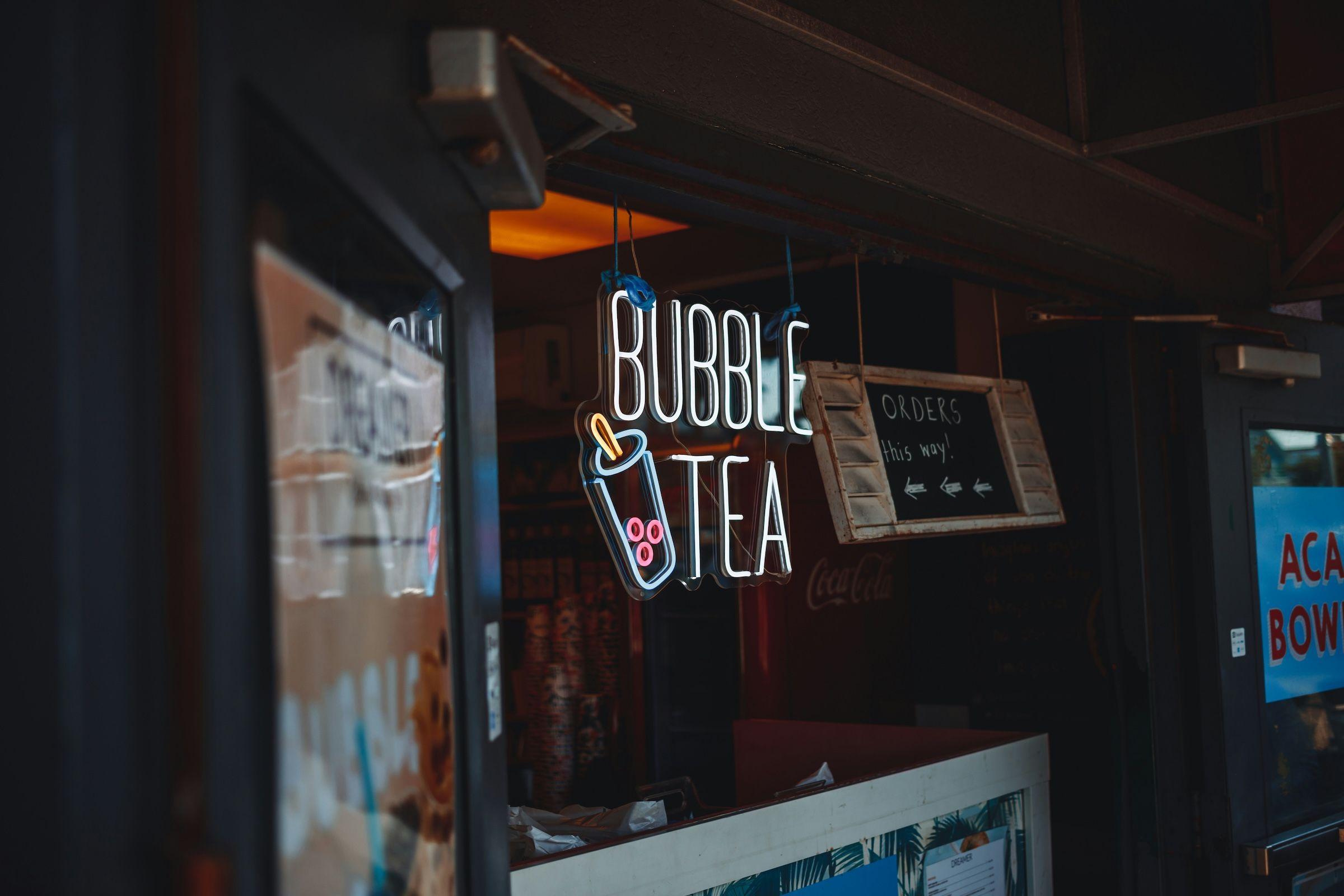
Taiwanese vs Japanese bubble tea – what’s the difference?
Bubble tea may have started in Taiwan, but Japan has brought its own unique twist to the drink. From ingredients to presentation, the two styles offer distinct experiences—with Taiwanese boba leaning rich and bold, and Japanese versions feeling light and refined.
Let’s explore the differences in flavor, toppings, and style so you can decide which one suits your taste (or why you might love both).
The origin: Taiwan’s claim to fame
Taiwanese bubble tea was invented in the 1980s and is widely recognized as the original version of boba. It features:
- Black tea or green tea bases
- Sweetened condensed milk or powdered creamer
- Large tapioca pearls
- Rich, dessert-like flavor
The focus is often on bold sweetness, chewy texture, and high customizability. Taiwanese boba shops often allow customers to choose the sugar level, ice amount, and type of milk.
The Japanese take on bubble tea
Japan adopted bubble tea later, around the early 2000s, and quickly adapted it to fit local tastes. Japanese-style bubble tea often features:
- Smaller tapioca pearls
- Less sweet, more delicate flavors
- Aesthetic presentation
- Matcha-based drinks as a staple
Japanese bubble tea shops emphasize visual appeal—minimalist cups, seasonal flavors, and subtle taste profiles are common. Drinks tend to feel lighter and more refined.
Key differences
| Feature | Taiwanese bubble tea | Japanese bubble tea |
|---|---|---|
| Flavor profile | Rich, creamy, sweet | Light, subtle, less sweet |
| Tea base | Black, green, oolong | Matcha, hojicha, jasmine |
| Pearl size | Large tapioca | Smaller, softer pearls |
| Presentation | Bold, colorful | Minimalist, stylish |
| Customization | Highly customizable | More fixed combinations |
| Popular toppings | Brown sugar boba, grass jelly | Warabi mochi, kinako powder |
Which one is healthier?
Japanese bubble tea drinks are often lower in sugar and calories, especially when made with green tea or plant-based milks. Taiwanese drinks, especially brown sugar milk tea, tend to be heavier—but also more filling.
For a lighter option, look for:
- Matcha with almond milk
- Hojicha with soft tapioca
- Fruit tea with warabi mochi
- Jasmine milk tea with less sugar
Which one should you try?
If you’re new to bubble tea, start with a classic Taiwanese milk tea—it’s the original for a reason. But if you love Japanese flavors like matcha or roasted teas, you'll probably enjoy Japanese-style boba more.
Why not try both? Each offers a different experience worth sipping.